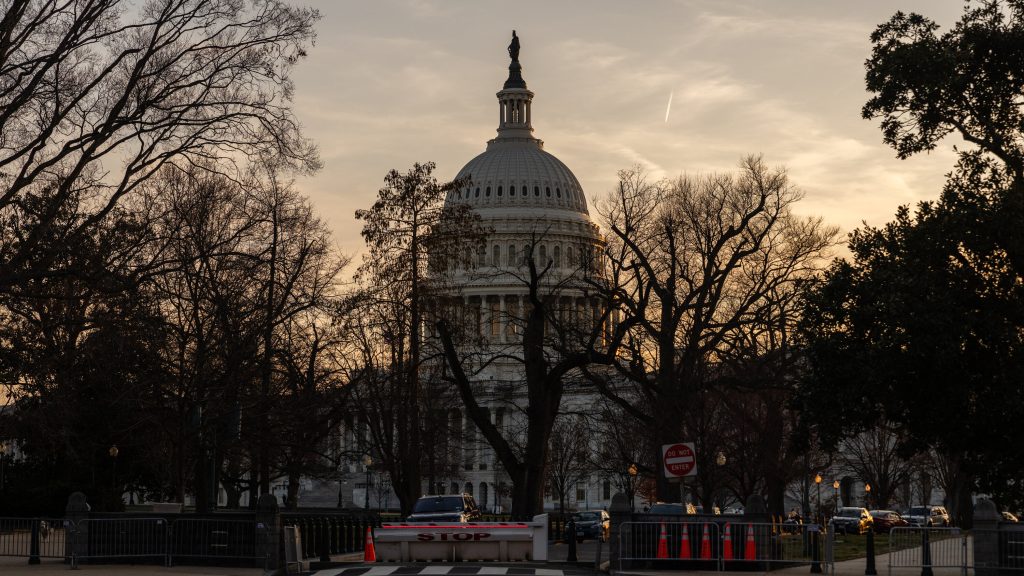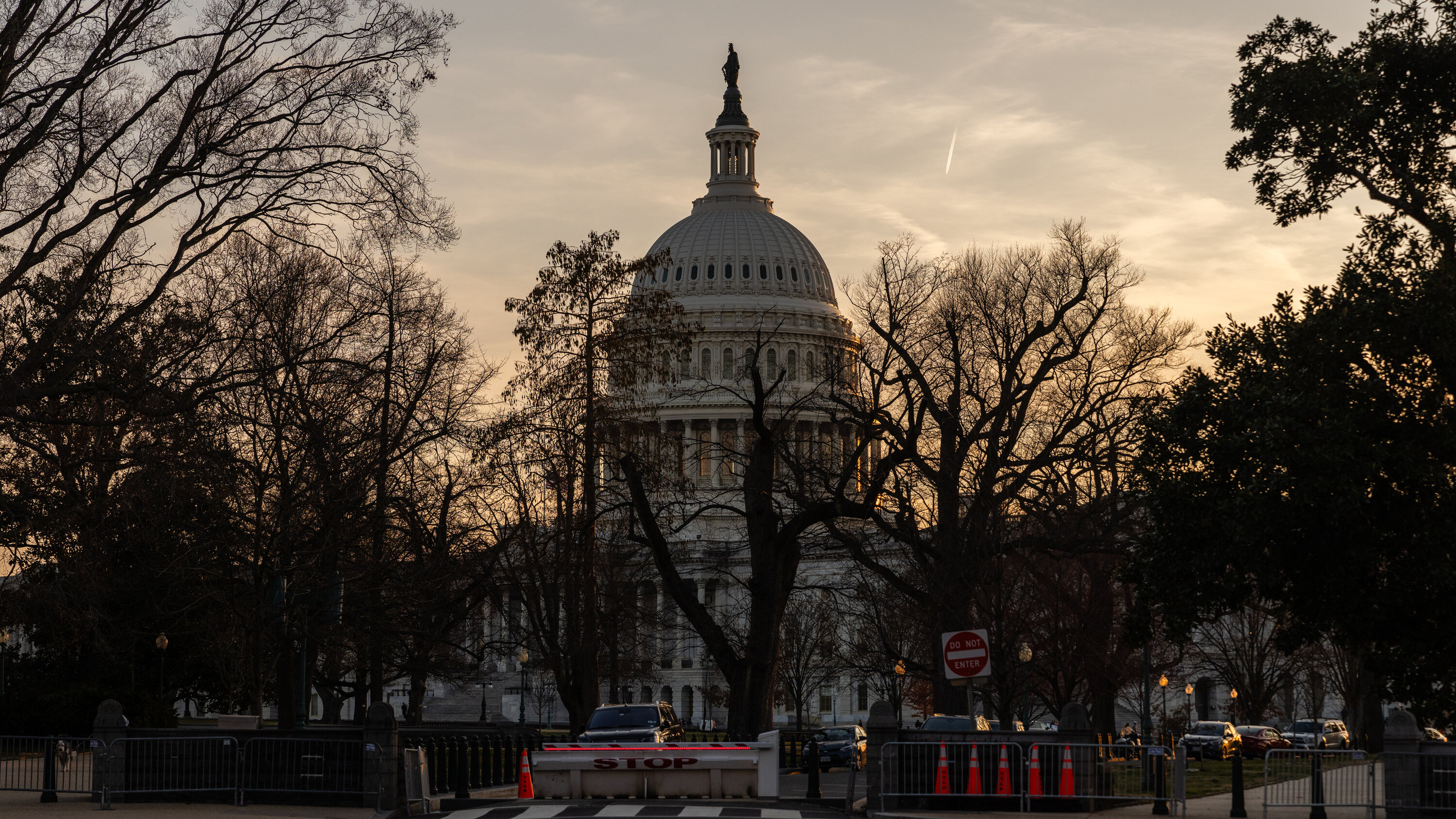
Colorado Legislature Complies with Trump’s Request to Remove “Distorted” Portrait

# Colorado Capitol Removes Trump Portrait Following His Criticism
A portrait of former President Donald Trump, which has been housed in the Colorado Capitol Rotunda since 2019, was recently removed by state legislators. The decision followed Trump’s public condemnation of the artwork, calling it “purposefully distorted” and “truly the worst” on his social media platform, Truth Social.
## The Portrait and Its History
The 24-by-20-inch portrait was painted by British artist **Sarah Boardman**, who was selected through a national open-call competition to create an official representation of Trump for the Colorado State Capitol. Boardman, known for her mastery of classical painting techniques, also painted **former President Barack Obama’s** portrait for the Capitol in 2011.
Trump’s portrait was initially funded through a **Republican-led fundraising effort**, as Colorado does not allocate public funds for presidential artworks. However, recent controversy surrounding the painting spiraled after Trump himself criticized Boardman’s work, comparing it unfavorably to her previous portrayal of Obama.
## Trump’s Public Criticism
In his social media post, Trump claimed that Boardman’s artistic skill had declined over time, stating that she “must have lost her talent as she got older.” He further pointed out differences between the painting and its **original reference photo**, which depicted him with a more serious expression. While Boardman had described her approach as neutral and professional, Trump’s disapproval of the softened facial features in the portrait reignited debate over artistic interpretation in political settings.
Adding to the intrigue, Trump’s comments coincided with a **separate announcement from the Kremlin**, confirming that Russian President **Vladimir Putin had gifted Trump an official portrait**. The timing of these two events heightened speculation over Trump’s views on artistic representations of himself.
## Legislative Removal and Response
On **March 25, 2024**, lawmakers from the bipartisan **Executive Committee of the Legislative Council** unanimously voted to remove the painting. The group, consisting of four Democratic and two Republican members, issued a formal directive to relocate the portrait to a **secure storage facility** indefinitely.
Republican Senate Minority Leader **Paul Lundeen**, who supported removing the portrait, based his decision on historical precedent:
> “President Grover Cleveland’s portraits were displayed in the Rotunda only after his second term. In keeping with this tradition, I requested that Trump’s portrait be replaced with one reflecting his contemporary likeness.”
Yet, this reasoning has come under scrutiny, as **Obama’s portrait**—which remains in the Capitol—was installed during his first term in 2011.
## Artist’s Response and Public Debate
Sarah Boardman has yet to publicly respond to Trump’s criticism of her work. However, in an **interview from 2019**, she acknowledged the inherently subjective nature of **presidential portraits**, stating:
> “The Presidential portraits in the Rotunda have in the past, and will in the future, elicit a wide variety of responses. This is always subjective and based on the personal filter of each individual viewer.”
Public opinion on the removal remains divided. Trump supporters argue that the decision was politically motivated, while others believe it was a necessary response to the former president’s own dissatisfaction with the artwork.
As of now, no formal proposals have been made to replace the Trump portrait, though legislative approval would be required for any future additions to the **Capitol’s presidential gallery**.
## Conclusion
The removal of Trump’s portrait from the Colorado Capitol highlights the ongoing intersection of **politics and art**, particularly in an era where public figures are more involved in shaping their visual legacies. With Trump’s own remarks playing a key role in his portrait’s downfall, it raises an important question: **should public officials have influence over how they are artistically represented?**
The decision will undoubtedly continue to fuel discussions about **artistic freedom, historical representation, and political influence**, both in Colorado and across the United States.